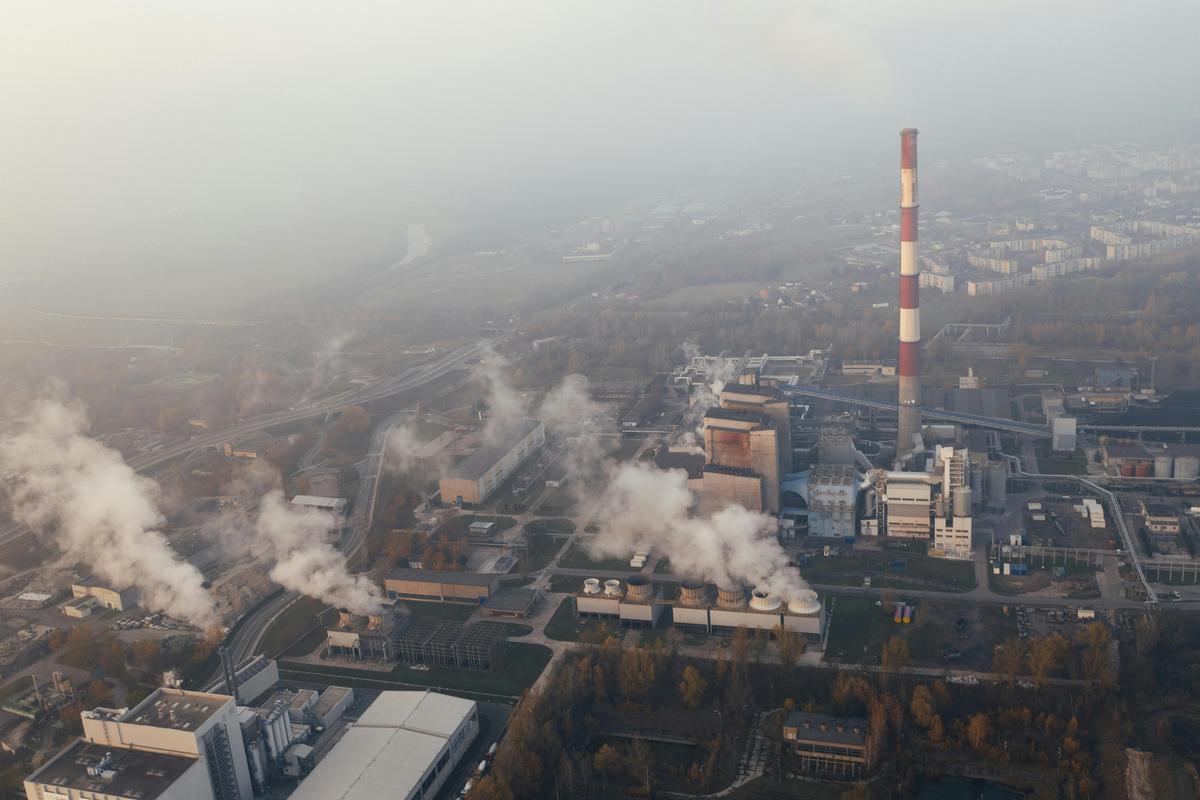Understanding Mitigation Strategies for Climate Change: An Introduction
The fight against climate change is a complex challenge that requires a comprehensive approach. At the heart of this battle lies the need to understand and implement effective ways to reduce greenhouse gas emissions, the main drivers of global warming.
The main culprits behind climate change are well-known: carbon dioxide (CO2), methane (CH4), and nitrous oxide (N2O). In 2018, global greenhouse gas emissions reached a staggering 55.3 GtCO2e, with fossil fuel-based emissions from energy, power generation, and industry accounting for a significant 37.5 GtCO2. The Intergovernmental Panel on Climate Change (IPCC) has warned that global warming is likely to reach 1.5°C between 2030 and 2052 if current emission levels persist.
Thankfully, there are a variety of ways to address this urgent issue. Technologies like renewable energy, nuclear power, and carbon capture and storage offer promising solutions to reduce CO2 emissions. Strategies like forestation, biochar, and bioenergy with carbon capture and storage (BECCS) can actively remove greenhouse gases from the atmosphere.
While the costs of these technologies vary, their combined impact can be transformative. Emerging solutions, like microalgae cultivation for CO2 bio-fixation, also show promise, though more research is needed to improve efficiency and reduce costs.
Ultimately, creating a sustainable future requires a multifaceted approach that combines decarbonization and negative emissions technologies. By understanding the range of strategies available and their strengths, we can move towards a more resilient and climate-conscious world. 1 2
 Photo by Genaro Servín on Pexels
Photo by Genaro Servín on Pexels
Top Mitigation Strategies for Climate Change: What You Need to Know
Tackling climate change requires a multifaceted approach, and the Global Environment Facility (GEF) has been at the forefront of driving transformative shifts towards net-zero emissions and climate-resilient development. The GEF’s climate change mitigation strategy focuses on two key pillars: promoting innovative technologies and enabling policies, as well as fostering the conditions to mainstream mitigation into sustainable development.
One of the GEF’s crucial initiatives is the Capacity-building Initiative for Transparency (CBIT), which supports countries in building the institutional and technical capacity needed to enhance transparency under the Paris Agreement. This initiative has already provided $146 million in funding to 88 countries, empowering them to better track and report their progress in reducing greenhouse gas emissions.
The GEF’s efforts have yielded tangible results, with its funded projects reducing the vulnerability of over 61 million people in more than 130 countries. Moreover, the GEF has programmed over $7.6 billion in mitigation finance, leveraging an additional $60.6 billion from other partners. This has led to the expected reduction of more than 9.5 billion metric tons of CO2 equivalents, a testament to the GEF’s impact.
The GEF’s comprehensive approach, combining innovation, policy enablement, and capacity-building, has positioned it as a crucial player in the global fight against climate change.
Complementing the GEF’s work, the OECD’s research has identified four distinct types of mitigation strategies, each with varying levels of policy diversity and stringency. The analysis reveals that countries with more comprehensive and stringent mitigation strategies have achieved greater reductions in emissions, highlighting the importance of a holistic and ambitious approach to climate action.
By leveraging the insights and strategies from both the GEF and the OECD, policymakers and communities can chart a course towards a more sustainable and resilient future, empowered to tackle the pressing challenge of climate change head-on. 3 4
 Photo by Clayton Leite on Pexels
Photo by Clayton Leite on Pexels
Implementing Effective Mitigation Strategies for Climate Change: Best Practices
Tackling climate change requires a multifaceted approach, and communities around the world are leading the way with innovative strategies to deal with it. One great example is the amazing progress in renewable energy, especially wind power. In 2009 alone, global wind power capacity went up by a whopping 31%, reaching a huge 158 gigawatts. China and the United States were at the forefront of this growth, with China’s wind power capacity doubling from 12 to 25 gigawatts, and the US capacity growing by 10 gigawatts to a total of 35 gigawatts.
Offshore wind projects are also making big strides, with the biggest one to date starting operations off the southeast coast of England. This huge project features 100 turbines, each standing 115 meters tall, and together generating up to 300 megawatts of electricity – enough to power 200,000 homes. Hydroelectric power has also been a reliable source of clean energy, accounting for 25% of global electricity production and 5% of total world energy generation by 1980. Norway, a leader in this field, generates nearly all of its electric power and half of its total energy from hydroelectric sources.
Biofuels also play a crucial role, providing more than 14% of the world’s primary energy, mainly from wood and charcoal. Experts estimate that cultivating just 6-8% of the land area in the contiguous United States could yield biofuel energy equivalent to the country’s annual consumption of petroleum and natural gas. Additionally, carbon capture and sequestration (CCS) technology can capture up to 90% of the CO2 emissions from sources like coal-fired power plants, storing it safely underground.
- Wind power capacity went up by 31% in 2009, reaching 158 gigawatts globally.
- The biggest offshore wind project to date began operations in the UK, with 100 turbines generating up to 300 megawatts.
- Hydroelectric power accounts for 25% of global electricity production and 50% of Norway’s total energy.
- Biofuels provide over 14% of the world’s primary energy, with the potential to replace U.S. fossil fuel consumption.
- Carbon capture and sequestration can capture up to 90% of CO2 emissions from industrial sources. 5 6
Future Trends in Mitigation Strategies for Climate Change: What to Expect
The world is dealing with the increasing impacts of climate change, and we really need to find effective ways to deal with it. Luckily, the world of climate change philanthropy is changing, giving us hope for a more sustainable future.
Recent data shows some good news – foundation funding for climate change solutions has more than tripled since 2015, and the number of organizations working on this issue has almost doubled during the same time. This increase in support shows that we’re starting to realize that we need to take a comprehensive approach to tackling climate change.
It’s worth noting that funding for climate projects in Africa has been going up by about 30% each year since 2015. This is important because regions that haven’t contributed much to greenhouse gas emissions are often the ones facing the worst effects of climate change. Making sure these communities get fair funding is crucial for reaching our global climate goals.
As the world gets warmer, we can expect more intense rainfall, especially in tropical and high-latitude areas. Along with sea levels rising up to 4 feet by 2100, these changes will have big impacts on communities and ecosystems worldwide. To deal with these effects, we’ll need new and creative solutions that address the root causes of climate change.
The data also shows that philanthropic investments in climate solutions are becoming more focused, moving towards a cleaner economy with a focus on fairness and justice. This approach recognizes that we need to do more than just reduce emissions to fight climate change – we also need to address the social and economic inequalities that make the effects of a warming planet worse.
As we face the challenges ahead, it’s clear that we’ll need everyone to work together. By using climate philanthropy and combining it with the latest scientific knowledge, we can unlock the potential for a more resilient and sustainable future. 7 8
 Photo by Elīna Arāja on Pexels
Photo by Elīna Arāja on Pexels
References
-
“Climate Change Mitigation” - scag.ca.gov ↩
-
“Climate Change” - www.thegef.org ↩
-
“Identifying And Tracking Climate Change Mitigation Strategies A23b43c5 En” - www.oecd-ilibrary.org ↩
-
“What New Yorkers Can Do” - dec.ny.gov ↩
-
“Future Climate Change” - climatechange.chicago.gov ↩
